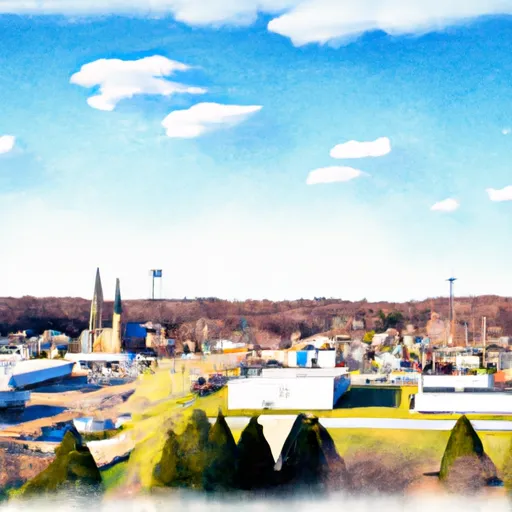°F
°F
mph
Windspeed
%
Humidity











Sherwood, Wisconsin is a small village located in Calumet County. The region experiences a humid continental climate with four distinct seasons. Summers are warm and humid, with average temperatures ranging from the upper 70s to mid-80s Fahrenheit. Winters, on the other hand, are cold and snowy, with temperatures averaging in the mid-20s to mid-30s Fahrenheit. Spring and fall offer mild temperatures and vibrant foliage.
Hydrologically, Sherwood is surrounded by lakes and rivers, with Lake Winnebago being the biggest attraction. This massive freshwater lake provides ample opportunities for boating, fishing, and water sports. The lake is known for its diverse fish population, including walleye, perch, and bass, attracting anglers year-round.
Apart from water activities, Sherwood offers various outdoor recreation opportunities. High Cliff State Park, located nearby, encompasses over 1,100 acres of woodlands, limestone cliffs, and trails for hiking, biking, and camping. The park also features an 18-hole golf course, picnic areas, and a beach for swimming. In the winter months, cross-country skiing and snowshoeing are popular activities.
Overall, Sherwood's climate, hydrology, and outdoor recreation opportunities make it an appealing destination for nature lovers and outdoor enthusiasts throughout the year.
Weather Forecast
Sherwood receives approximately 773mm of rain per year, with humidity levels near 82% and air temperatures averaging around 8°C. Sherwood has a plant hardyness factor of 5, meaning plants and agriculture in this region thrive during a short period during spring and early summer. Most plants will die off during the colder winter months.
Regional Streamflow Levels
2
Cubic Feet Per Second
3
Cubic Feet Per Second
101
Cubic Feet Per Second
3
Cubic Feet Per Second
Nearby Camping
| Camping Area | Reservations | Toilets | Showers |
|---|---|---|---|
| Desplaines Conservational Park | |||
| Prairie Pines Campground | |||
| Sam Parr State Park | |||
| South City (Gibson) Park | |||
| Des Plaines State Conservation Area | |||
| Fox Ridge State Park |



